Ascot borosilicate glass & stainless-steel electric kettle (designed in Denmark, made in China): Lead-free & Mercury-free in all accessible components
Continue reading below each of the images as there are additional XRF Test Results for each component shown, below the image for the component discussed.
February 11, 2022 – Friday
We bought this electric kettle for our family in October of 2020
Now that we have used this electric kettle for more than a year, I felt that it was a good time to write up all the details! I really hate doing ANY posts on electric / plug-in items, because in my experience, there is always going to be some level of toxicants found – both because it is a plug-in, mass-manufactured item, but also because there are SO MANY components in even a small appliance like this!
To note: I only tested accessible components for parts that could be reached with the XRF Instrument [i.e. without rather pointlessly disassembling or breaking the product (the interior surface is simply the same stainless steel & glass as the exterior).] In this case, just testing all those accessible surfaces resulted in fourteen separate sets of XRF readings [all fourteen can be found – with an accompanying picture of each component – below, by scrolling down]…so understand that appliances like this are – from a procedural perspective – very complex items to test and report on; in the end, something like this can take a full day or longer to fully analyze, delineate, and endeavor to meaningfully interpret/contextualize for my readers in a post – which is yet another reason I hate reporting on this sort of item (and why you will not see many plug-in small appliances here on LeadSafeMama.com)!
Here’s the Lead Safe Mama affiliate link for this kettle: https://amzn.to/3HLvGmu
Designed in Denmark
In general, we love things designed in Denmark…the Danes tend to put a lot of thought into product design, quality, craftsmanship, and especially into the concern for the elimination or reduction of toxicants in consumer products — they actually have some of the best toxics standards (limits for the presence of toxicants in consumer goods) in the world.
Accordingly, I was “holding my breath”/”crossing my fingers” when testing two of the components that (given my experience with this type of product from other countries) I was nearly certain would test positive for Lead: the exterior painted black writing on the glass and the interior nut assembly at the top of the lid. In most products I have tested, those components are often an afterthought and are consistently overlooked, vis-a-vis toxics concerns. In this product (designed in Denmark – which may or may not be a deciding factor) each of these commonly potentially-Leaded components were Lead-free – clearly intentional design (and materials-sourcing) considerations. So again, “Designed in Denmark” is generally a really good thing [when it is true]!
Why my husband chose this kettle
My husband puts a lot of thought into everything he buys for our family. So I will let him write this section about all the reasons he chose this product:
- The components that touch the water are all glass or stainless. This is especially important given the appliance is used for boiling water. [Note / Update: some readers who have purchased this have noticed that the interior silicone ring that the glass is seated on is slightly protruding into the interior of their vessel. This is not the case with ours, but I do not have a concern for this in general given the accessible silicone component – in the spout – tested negative for any metals of concern – see full reading set of that component below – and appears to be made of the same silicone as that seating ring.]
- The other primary components of the kettle are also all stainless steel.
- There is a minimal use of plastic on the kettle (and again – none of the plastic components are food-contact components).
- The electric base can stay plugged in, as it is separate from the kettle — so you don’t need to interact with the electrical cord every time you use the kettle. This was a consideration because most appliance electrical cords will test positive for Antimony (as a component for added flame retardants required for compliance with current laws related to most kitchen appliances).
- The design of the kettle makes it easier to clean (so many kettles have a very narrow fill opening, and if you want to clean it it is nearly impossible to get any cleaning implements into the body of the kettle!)
Toxicant (heavy metal) considerations with this kettle
Trace toxicants were found in three components of the kettle when it was tested with an XRF Instrument. In each case the levels were quite low (within safe range) — and/or lower than typically found in similar appliances.
- Antimony: The electrical cord did test positive for Antimony. [The addition of flame retardants is a legal requirement for most plug-in kitchen appliances, especially ones that heat up – and might possibly cause a fire]. Normally when I see Antimony in electrical cords of appliances, the level is typically in the range of 5,000 to 15,000 parts per million; the Antimony level in the electrical cord of this kettle is only 833 ppm. This is a conservative/ low amount of Antimony — AND the design is such that once you plug in the base you don’t need to touch the cord again to use the appliance. I also always recommend draping appliance cords behind counters (if possible), to further limit interaction with Antimony-containing components, given Antimony is a carcinogen [as well as to generally enhance safety, by reducing appliance cord clutter and thus the opportunity for mishaps].
- Arsenic: There is an extremely–low amount of Arsenic in the black plastic handle of the kettle. The level is 3 +/- 1 ppm. This is safe, by any standard [but Arsenic is not regulated in this type of application]. I often find trace Arsenic (or other contaminants) in black plastic handles of kitchen tools and appliances — I believe it is likely a contaminant of the black pigmentation that is often used for plastic or rubberized handles in kitchenware.
- Cadmium: Trace Cadmium was found – at very low levels (13 to 22 ppm) – in the borosilicate glass of the kettle. This is not unusual — and Cadmium at that level that is considered safe by all standards. [FYI – the standard in Denmark for the presence of Cadmium in consumer goods is among the strictest in the world: the level of Cadmium in consumer goods (intended for use by children – but also in general, I believe) must fall below 75 ppm.] Separately, given the Cadmium (at such a low level) in this case was found in the glass, I am confident that the product was leach-tested, and that any Cadmium is non-leaching (likely bound in the glass.)
Questions:
-
- Would it be better (from a political / ethical perspective) to find a totally Cadmium-free alternative?
- Sure.
- Is the presence of Cadmium in the glass of this kettle a human health concern in this specific application?
- No, in my (fairly educated) opinion it is not.
- Will I keep looking for a totally Cadmium-free alternative in a glass and stainless electric / plug-in kettle?
- Yes, I will.
- Would it be better (from a political / ethical perspective) to find a totally Cadmium-free alternative?
Some additional reading for those new to this website:
- To learn more about the testing methodology employed for the test results reported on this website, click here.
- For a quick menu to explore more categories of tested items on this website, click here.
- For a quick video tutorial showing you how to most efficiently use this website (including all the ways to find Lead-free consumer goods we have tested and reported on), click here.
- To learn more about hiring Tamara for a one-on-one home consultation or a small community event, click here.
- To find out how to send a single item in for testing, click here.
- Please follow us on Instagram, Facebook and Twitter!
- Please subscribe to the Lead Safe Mama, LLC e-mail newsletter to be among the first to see any and all newly-published test results here on the website too!
- To check out our new(ish) site that only has Lead-free things for sale, click here!
Full XRF Test results for the tea kettle pictured
There are readings for 14 separate components of the kettle below.
Reading #1) on clear part of glass
60-second reading
- Lead (Pb): non-detect
- Cadmium (Cd): 18 +/- 4 ppm
- Mercury (Hg): non-detect
- Arsenic (As): non-detect
- Antimony (Sb): non-detect
- Iron (Fe): 264 +/- 48 ppm
- Zirconium (Zr): 390 +/- 7 ppm
- Niobium (Nb): 643 +/- 12 ppm
- Indium (In): 22 +/- 3 ppm
- Tin (Sn): 17 +/- 4 ppm
- No other metals detected in consumer goods mode.
 Reading #2) on black painted markings on exterior of glass [Max & Min]
Reading #2) on black painted markings on exterior of glass [Max & Min]
30-second test
- Lead (Pb): non-detect
- Cadmium (Cd): 16 +/- 3 ppm
- Mercury (Hg): non-detect
- Arsenic (As): non-detect
- Antimony (Sb): non-detect
- Chromium (Cr): non-detect
- Iron (Fe): 238 +/- 63 ppm
- Copper (Cu): 24 +/- 16 ppm
- Zirconium (Zr): 971 +/- 18 ppm
- Niobium (Nb): 509 +/- 14 ppm
- Indium (In): 21 +/- 5 ppm
- Tin (Sn): 12 +/- 5 ppm
- No other metals detected in consumer goods mode.
 Reading #3) on black plastic of handle
Reading #3) on black plastic of handle
60-second test
- Lead (Pb): non-detect
- Cadmium (Cd): non-detect
- Mercury (Hg): non-detect
- Antimony (Sb): non-detect
- Bromine (Br): 2 +/- 1 ppm
- Chromium (Cr): 38 +/- 12 ppm
- Iron (Fe): 10 +/- 5 ppm
- Nickel (Ni): 449 +/- 6 ppm
- Copper (Cu): 1,679 +/- 12 ppm
- Zinc (Zn): 502 +/- 6 ppm
- Arsenic (As): 3 +/- 1 ppm
- Barium (Ba): 155 +/- 26 ppm
- No other metals detected in consumer goods mode.
Reading #4) on silver metal of lid (loop handle exterior)
30-second test
- Lead (Pb): non-detect
- Cadmium (Cd): non-detect
- Mercury (Hg): non-detect
- Antimony (Sb): non-detect
- Bromine (Br): 29 +/- 9 ppm
- Chromium (Cr): 20,200 +/- 300 ppm
- Vanadium (V): 275 +/- 118 ppm
- Iron (Fe): 223 +/- 58 ppm
- Cobalt (Co): 642 +/- 56 ppm
- Nickel (Ni): 315,900 +/- 800 ppm
- Copper (Cu): 548,900 +/- 900 ppm
- Zinc (Zn): 113,300 +/- 600 ppm
- Bismuth (Bi): 512 +/- 24 ppm
- No other metals detected in consumer goods mode.

 Reading #5) on black rubber ring in lid
Reading #5) on black rubber ring in lid
30-second test
- Lead (Pb): non-detect
- Cadmium (Cd): non-detect
- Mercury (Hg): non-detect
- Antimony (Sb): non-detect
- Bromine (Br): non-detect
- Chromium (Cr): non-detect
- Iron (Fe): 49 +/- 23 ppm
- Zinc (Zn): 125 +/- 10 ppm
- Barium (Ba): 483 +/- 117 ppm
- No other metals detected in consumer goods mode.
Reading #6) on white silicone insert in spout
30-second test
- Lead (Pb): non-detect
- Cadmium (Cd): non-detect
- Mercury (Hg): non-detect
- Antimony (Sb): non-detect
- Bromine (Br): non-detect
- Chromium (Cr): non-detect
- Iron (Fe): 43 +/- 21 ppm
- Zinc (Zn): 99 +/- 9 ppm
- Barium (Ba): 391 +/- 105 ppm
- No other metals detected in consumer goods mode.
 Reading #7) on black painted ASCOT logo on base
Reading #7) on black painted ASCOT logo on base
30-second test
- Lead (Pb): non-detect
- Cadmium (Cd): non-detect
- Mercury (Hg): non-detect
- Antimony (Sb): non-detect
- Bromine (Br): 21 +/- 8 ppm
- Chromium (Cr): 183,000 +/- 700 ppm
- Vanadium (V): 1,491 +/- 171 ppm
- Manganese (Mn): 10,300 +/- 500 ppm
- Iron (Fe): 720,500 +/- 1,100 ppm
- Cobalt (Co): 1,930 +/- 603 ppm
- Nickel (Ni): 81,000 +/- 700 ppm
- Copper (Cu): 1,391 +/- 136 ppm
- Zinc (Zn): 73 +/- 34 ppm
- Titanium (Ti): 282 +/- 179 ppm
- Tin (Sn): 28 +/- 15 ppm
- No other metals detected in consumer goods mode.
 Reading #8) on silver plastic on switch (toggle) on base
Reading #8) on silver plastic on switch (toggle) on base
30-second test
- Lead (Pb): non-detect
- Cadmium (Cd): non-detect
- Mercury (Hg): non-detect
- Antimony (Sb): non-detect
- Bromine (Br): non-detect
- Chromium (Cr): 67 +/- 20 ppm
- Nickel (Ni): 10 +/- 4 ppm
- Copper (Cu): 5 +/- 3 ppm
- Barium (Ba): 128 +/- 42 ppm
- No other metals detected in consumer goods mode.
Reading #9) on black plastic bottom of kettle
30-second test
- Lead (Pb): non-detect
- Cadmium (Cd): non-detect
- Mercury (Hg): non-detect
- Antimony (Sb): non-detect
- Bromine (Br): 1,458 +/- 20 ppm
- Chromium (Cr): 865 +/- 120 ppm
- Vanadium (V): 5,171 +/- 310 ppm
- Zinc (Zn): 50 +/- 9 ppm
- Titanium (Ti): 3,007 +/- 320 ppm
- Barium (Ba): 37,700 +/- 300 ppm
- No other metals detected in consumer goods mode.
 Reading #10) on black plastic top of heating base
Reading #10) on black plastic top of heating base
30-second test
- Lead (Pb): non-detect
- Cadmium (Cd): non-detect
- Mercury (Hg): non-detect
- Antimony (Sb): non-detect
- Bromine (Br): 1,446 +/- 18 ppm
- Chromium (Cr): 768 +/- 112 ppm
- Vanadium (V): 3,378 +/- 290 ppm
- Zinc (Zn): 34 +/- 8 ppm
- Titanium (Ti): 1,808 +/- 299 ppm
- Barium (Ba): 40,600 +/- 300 ppm
- No other metals detected in consumer goods mode.
 Reading #11) on silver plastic edge of heating base
Reading #11) on silver plastic edge of heating base
30-second test
- Lead (Pb): non-detect
- Cadmium (Cd): non-detect
- Mercury (Hg): non-detect
- Antimony (Sb): non-detect
- Bromine (Br): 26 +/- 1 ppm
- Chromium (Cr): non-detect
- Barium (Ba): 3,150 +/- 57 ppm
- No other metals detected in consumer goods mode.

 Reading #12) on black electrical cord of heating base
Reading #12) on black electrical cord of heating base
30-second test
- Lead (Pb): non-detect
- Cadmium (Cd): non-detect
- Mercury (Hg): non-detect
- Antimony (Sb): non-detect
- Bromine (Br): 92 +/- 6 ppm
- Chromium (Cr): non-detect
- Iron (Fe): 199 +/- 59 ppm
- Zinc (Zn): 751 +/- 34 ppm
- Antimony (Sb): 833 +/- 20 ppm
- Barium (Ba): 237 +/- 35 ppm
- Chlorine (Cl): 360,000 ppm
- No other metals detected in consumer goods mode.

 Reading #13) screw and nut assembly on food contact side of lid
Reading #13) screw and nut assembly on food contact side of lid
Stainless Steel 304
30-second test
- Lead (Pb): non-detect
- Cadmium (Cd): non-detect
- Mercury (Hg): non-detect
- Antimony (Sb): non-detect
- Bromine (Br): 17 +/- 11 ppm
- Chromium (Cr): 179,400 +/- 900 ppm
- Vanadium (V): 1,129 +/- 206 ppm
- Manganese (Mn): 11,600 +/- 600 ppm
- Iron (Fe): 704,300 +/- 1,400 ppm
- Cobalt (Co): 2,764 +/- 746 ppm
- Nickel (Ni): 85,600 +/- 1,000 ppm
- Copper (Cu): 12,900 +/- 400 ppm
- Zinc (Zn): 104 +/- 55 ppm
- Titanium (Ti): 459 +/- 239 ppm
- Molybdenum (Mo): 1,404 +/- 80 ppm
- Tin (Sn): 188 +/- 25 ppm
- No other metals detected in consumer goods mode.
 Reading #14) metal filter screen for spout (with silicone sleeve noted above)
Reading #14) metal filter screen for spout (with silicone sleeve noted above)
30-second test
- Lead (Pb): non-detect
- Cadmium (Cd): non-detect
- Mercury (Hg): non-detect
- Antimony (Sb): non-detect
- Chromium (Cr): 106,800 +/- 1,600 ppm
- Vanadium (V): 646 +/- 237 ppm
- Manganese (Mn): 5,402 +/- 497 ppm
- Iron (Fe): 282,700 +/- 7,200 ppm
- Nickel (Ni): 17,800 +/- 800 ppm
- Copper (Cu): 202 +/- 66 ppm
- Zinc (Zn): 254 +/- 40 ppm
- Niobium (Nb): 390 +/- 32 ppm
- Indium (In): 19 +/- 12 ppm
- No other metals detected in consumer goods mode.
Amazon links are affiliate links. If you purchase something after clicking on one of Lead Safe Mama, LLC’s affiliate links we may receive a percentage of what you spend at no extra cost to you.
For those new to this website:
Tamara Rubin is a Federal-award-winning independent advocate for consumer goods safety and a documentary filmmaker. She is also a mother of Lead-poisoned children. Tamara’s sons were acutely Lead-poisoned in August of 2005. She began testing consumer goods for toxicants in 2009 and was the parent-advocate responsible for finding Lead in the popular fidget spinner toys in 2017. Tamara uses XRF testing (a scientific method used by the U.S. Consumer Product Safety Commission) to test consumer goods for toxicants (specifically heavy metals), including Lead, Cadmium, Mercury, Antimony and Arsenic. All test results reported on this website are science-based, accurate and replicable. Items are tested multiple times to confirm the test results for each component tested. Please click through to this link to learn more about the testing methodology used for the test results discussed and reported on this website.
~ End ~
Never Miss an Important Article Again!
Join our Email List








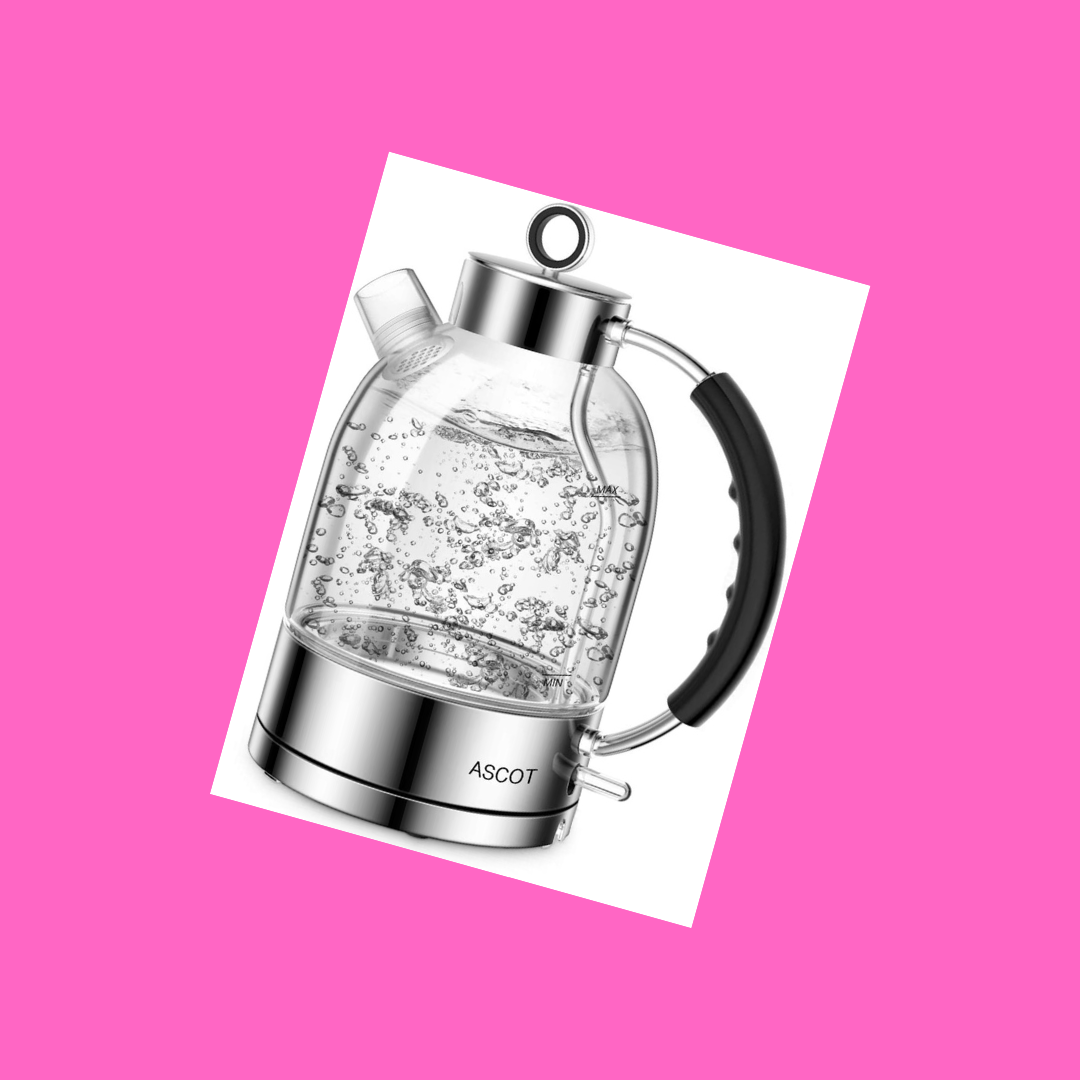
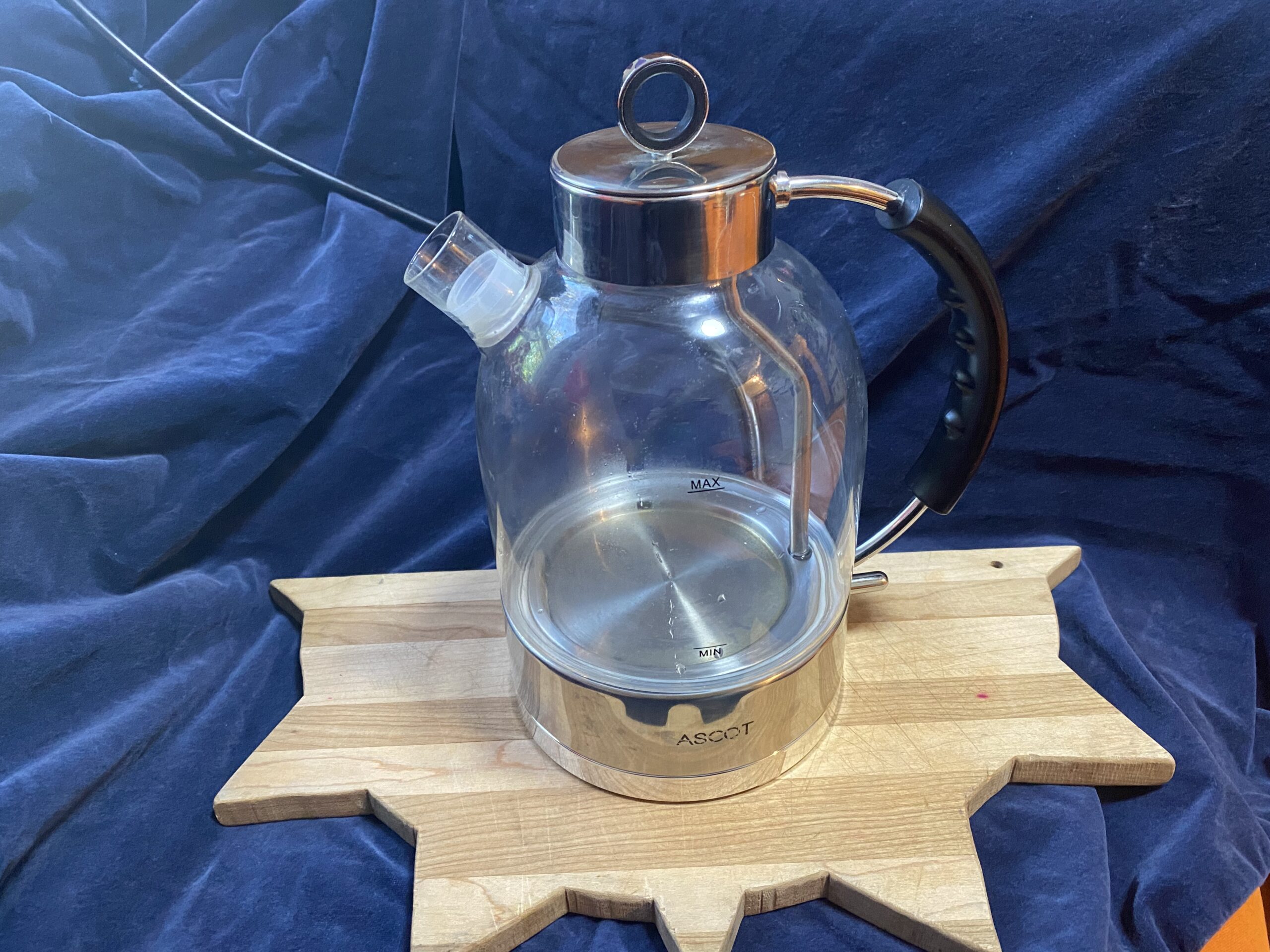
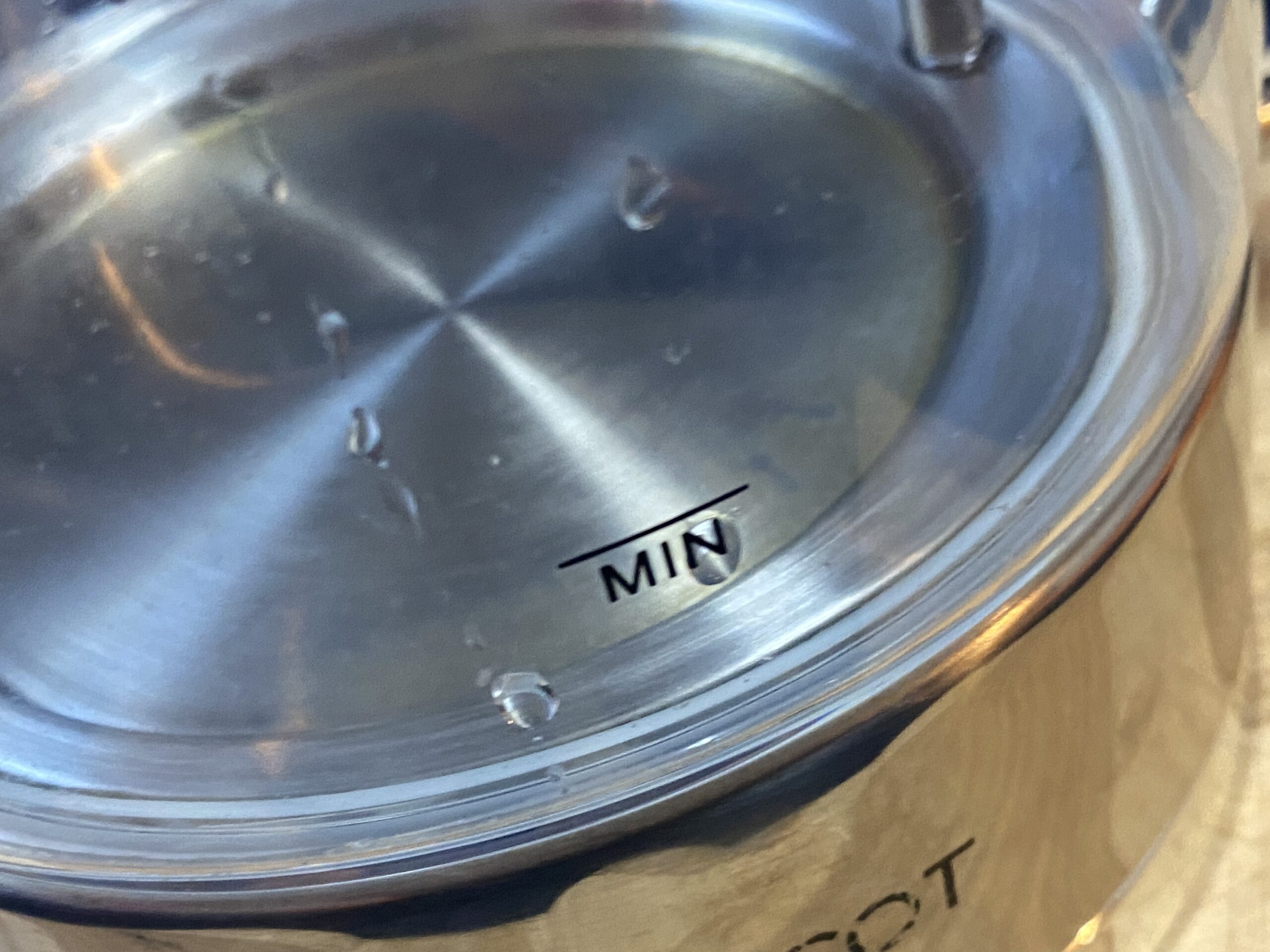
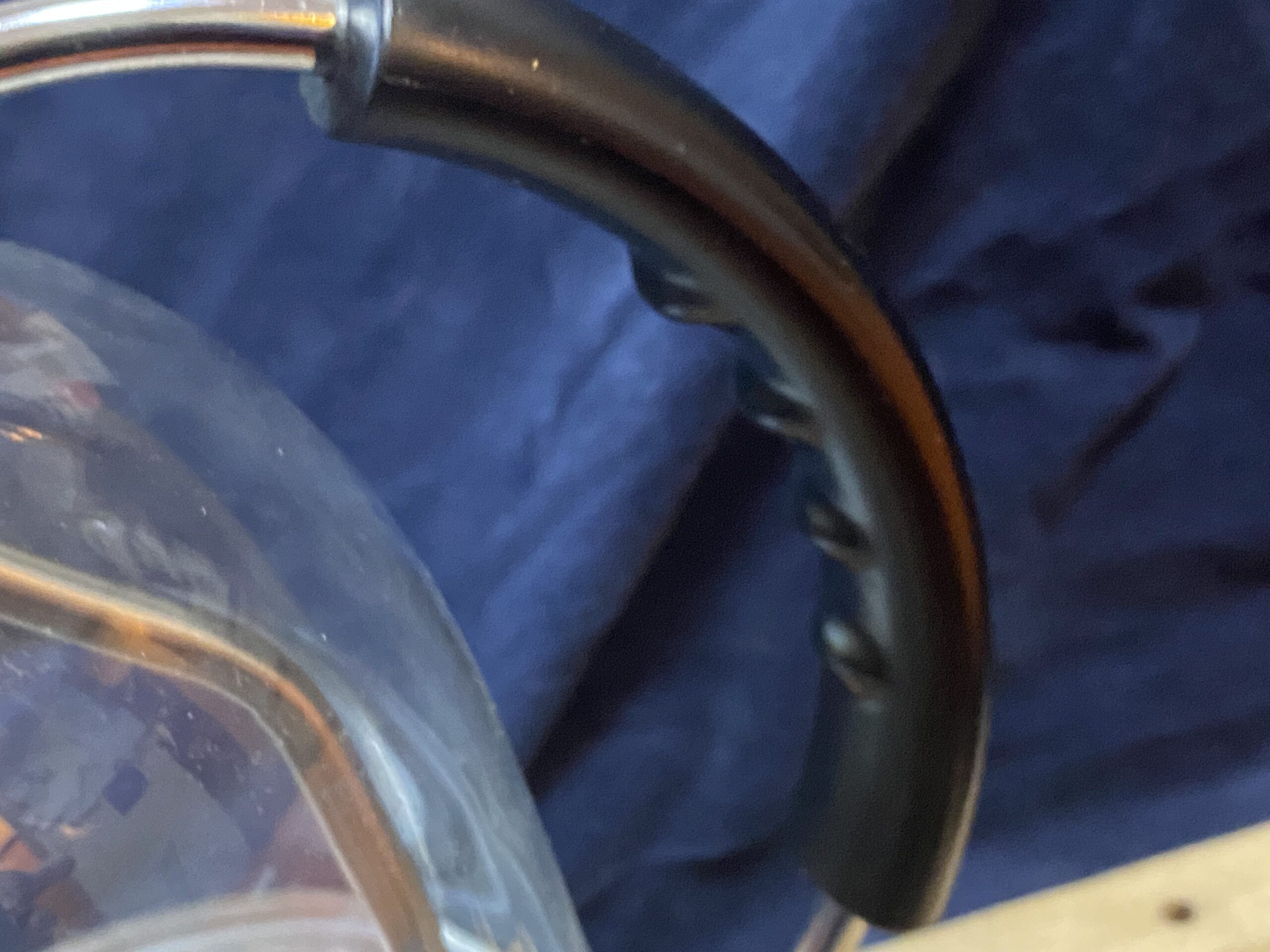
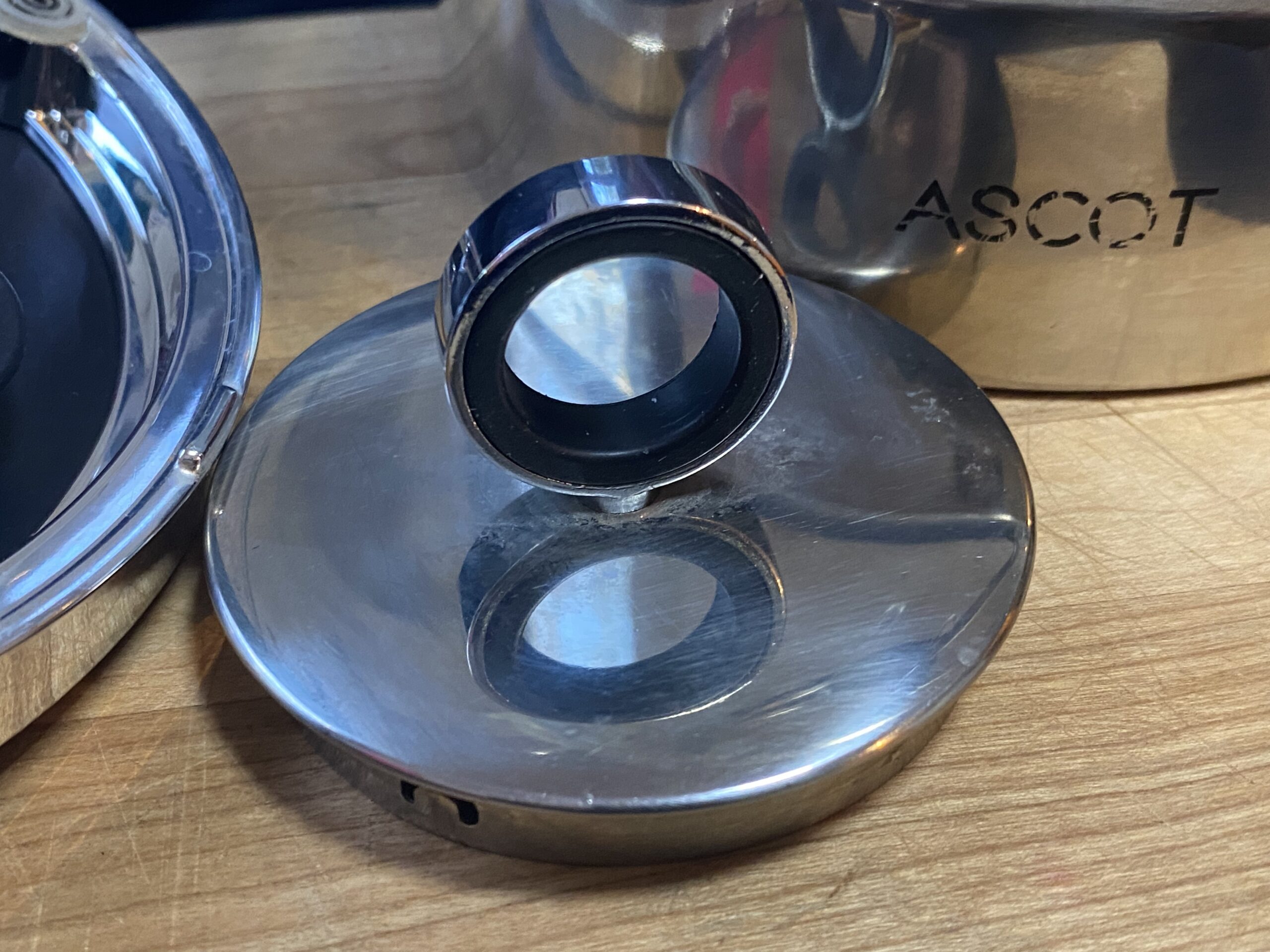
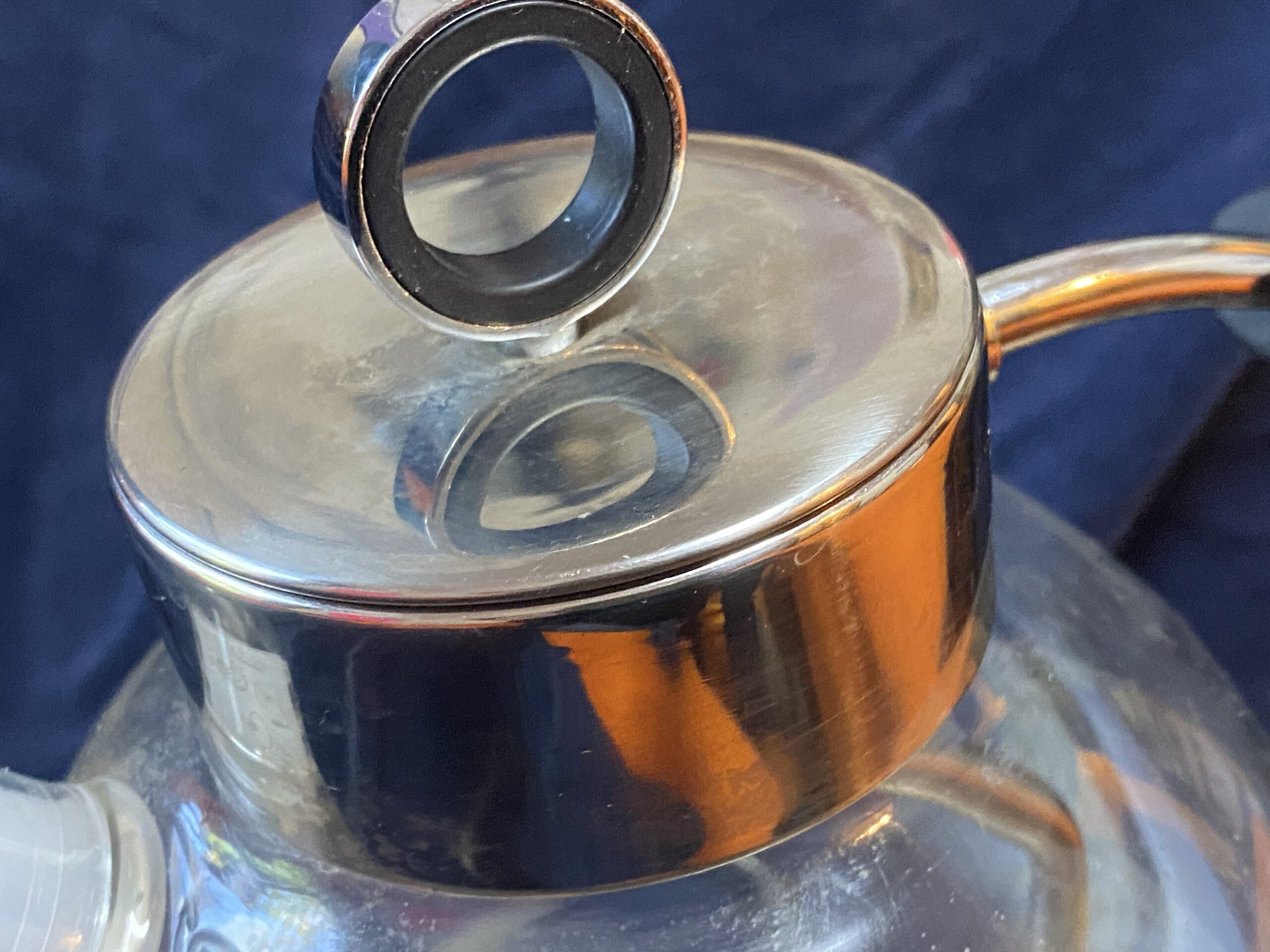
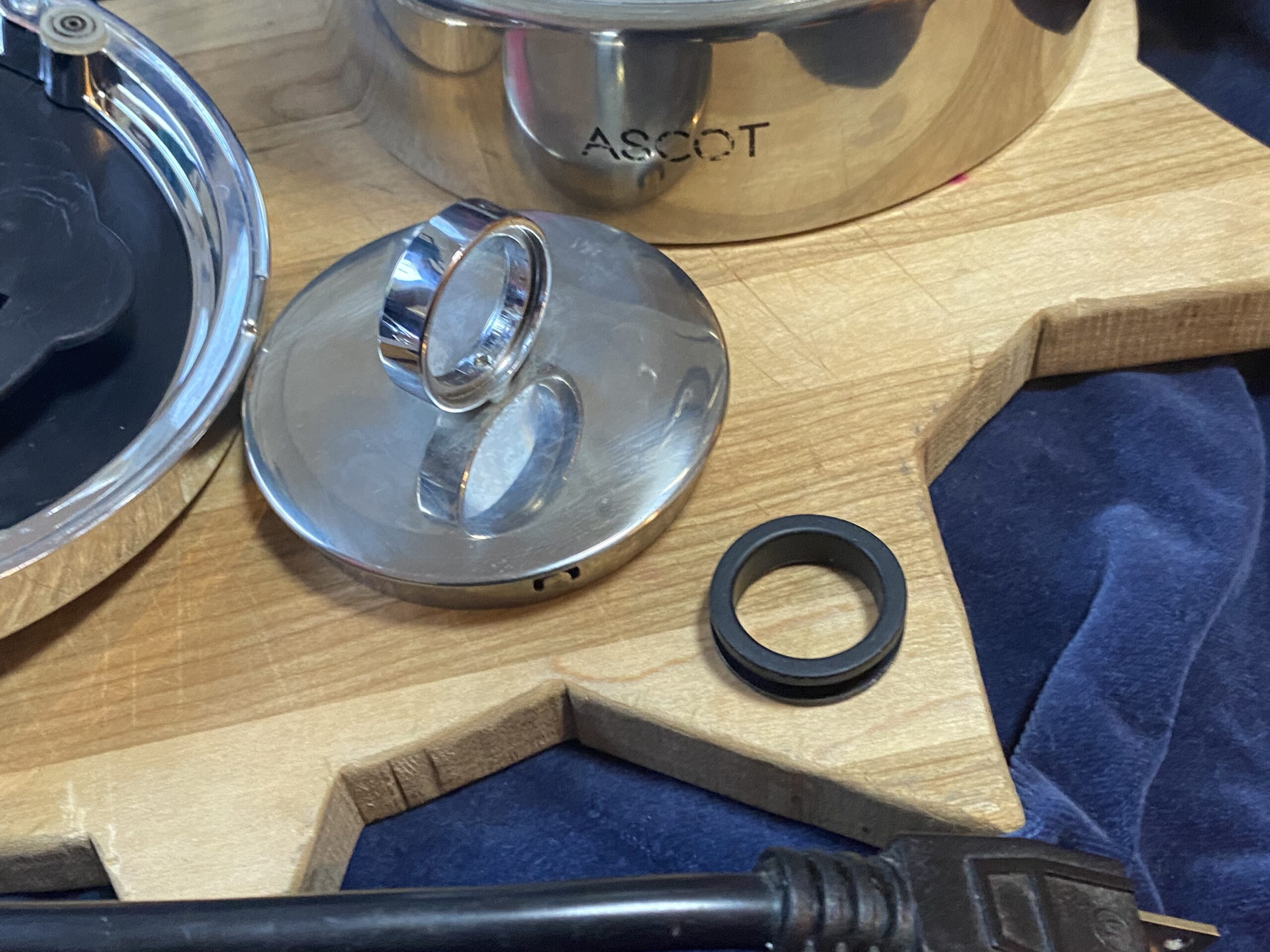
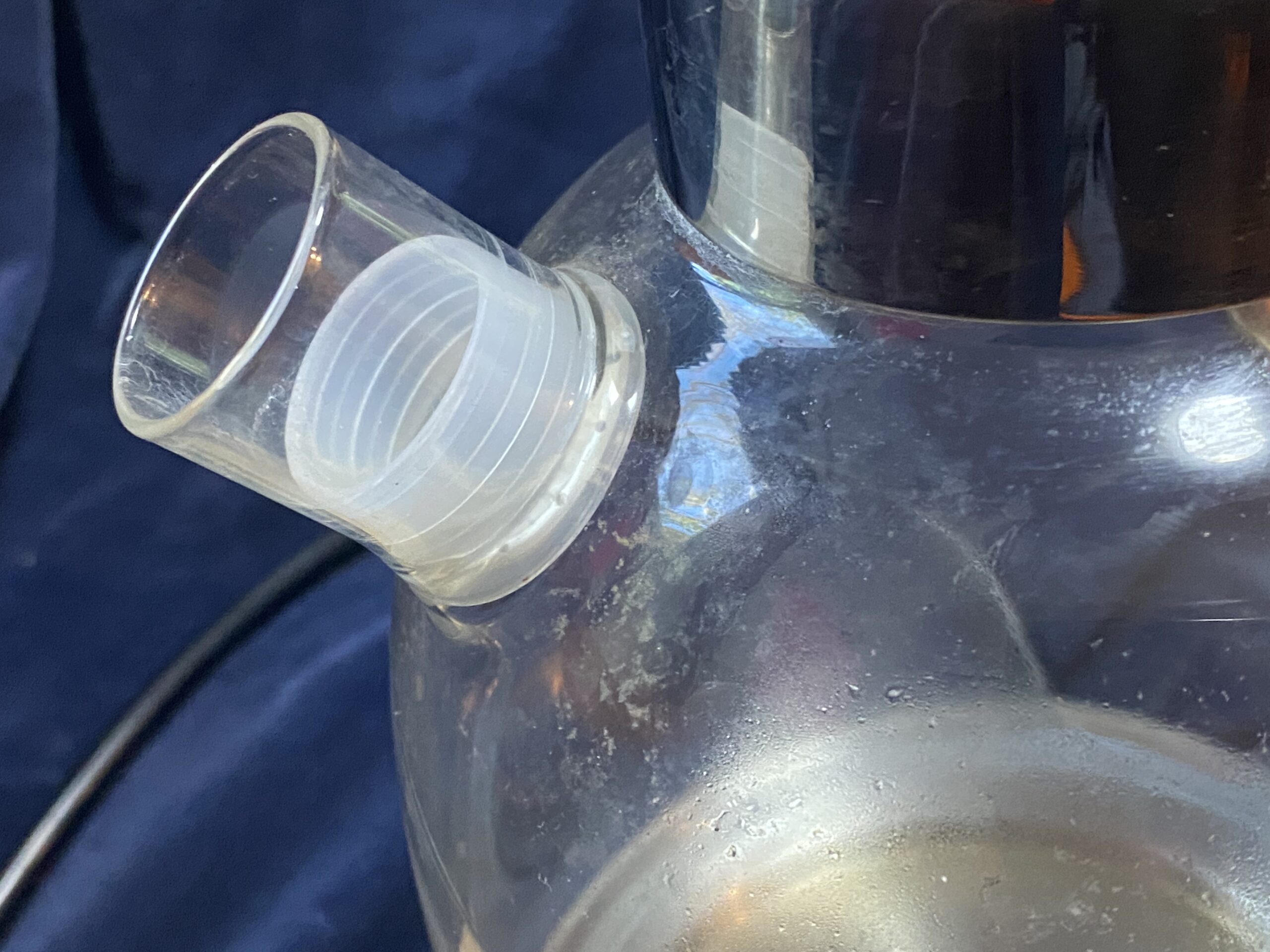
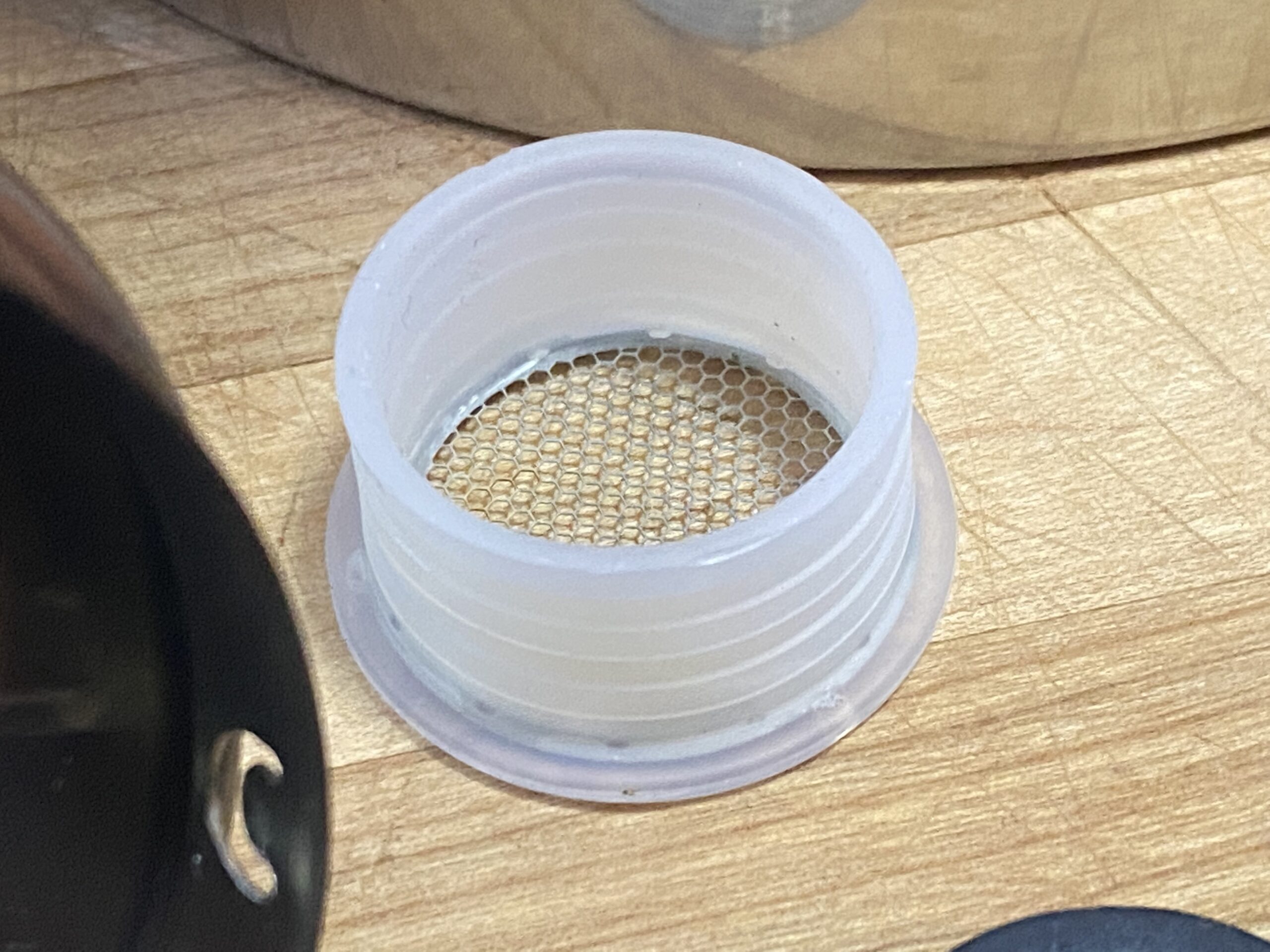
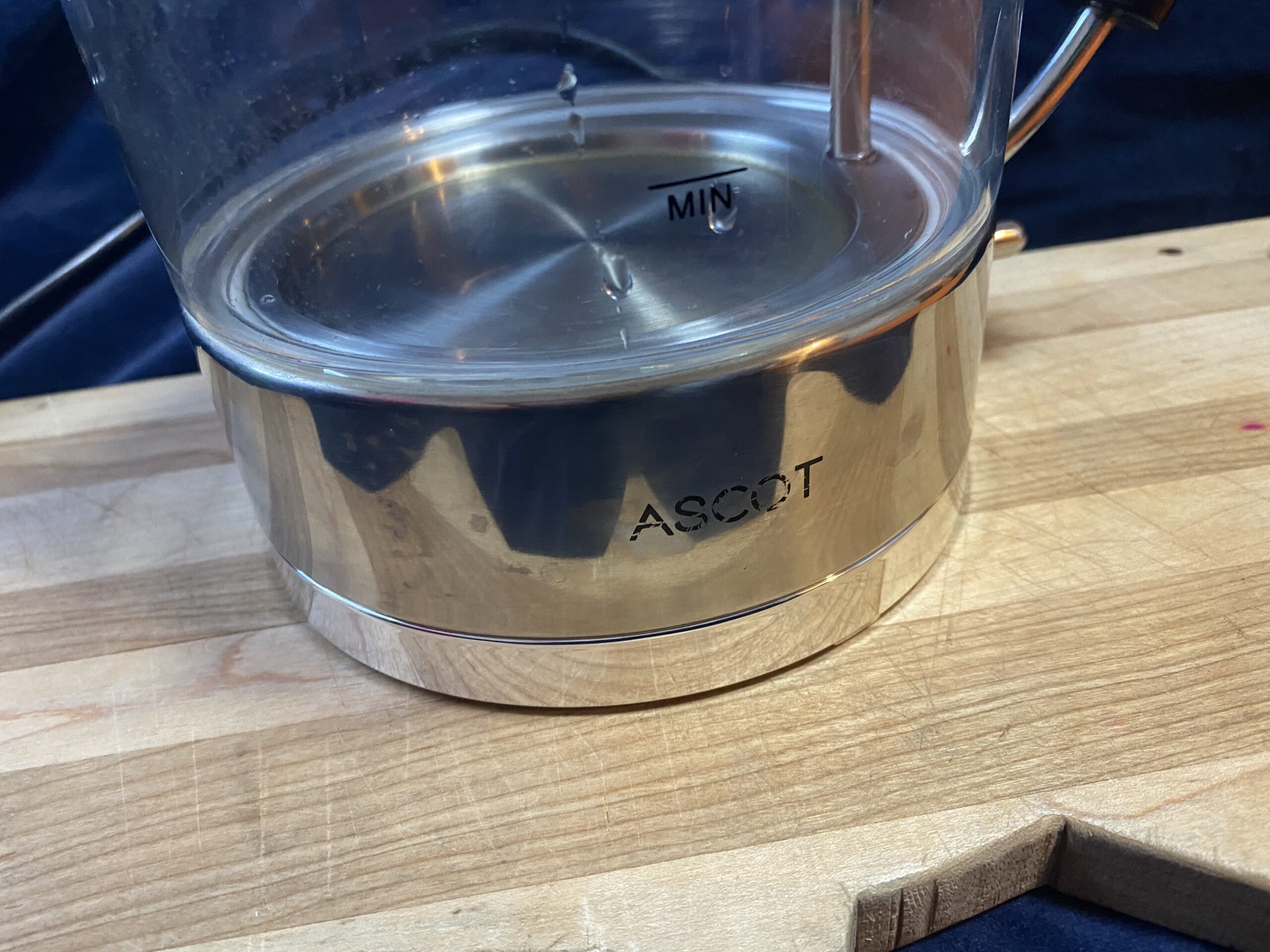
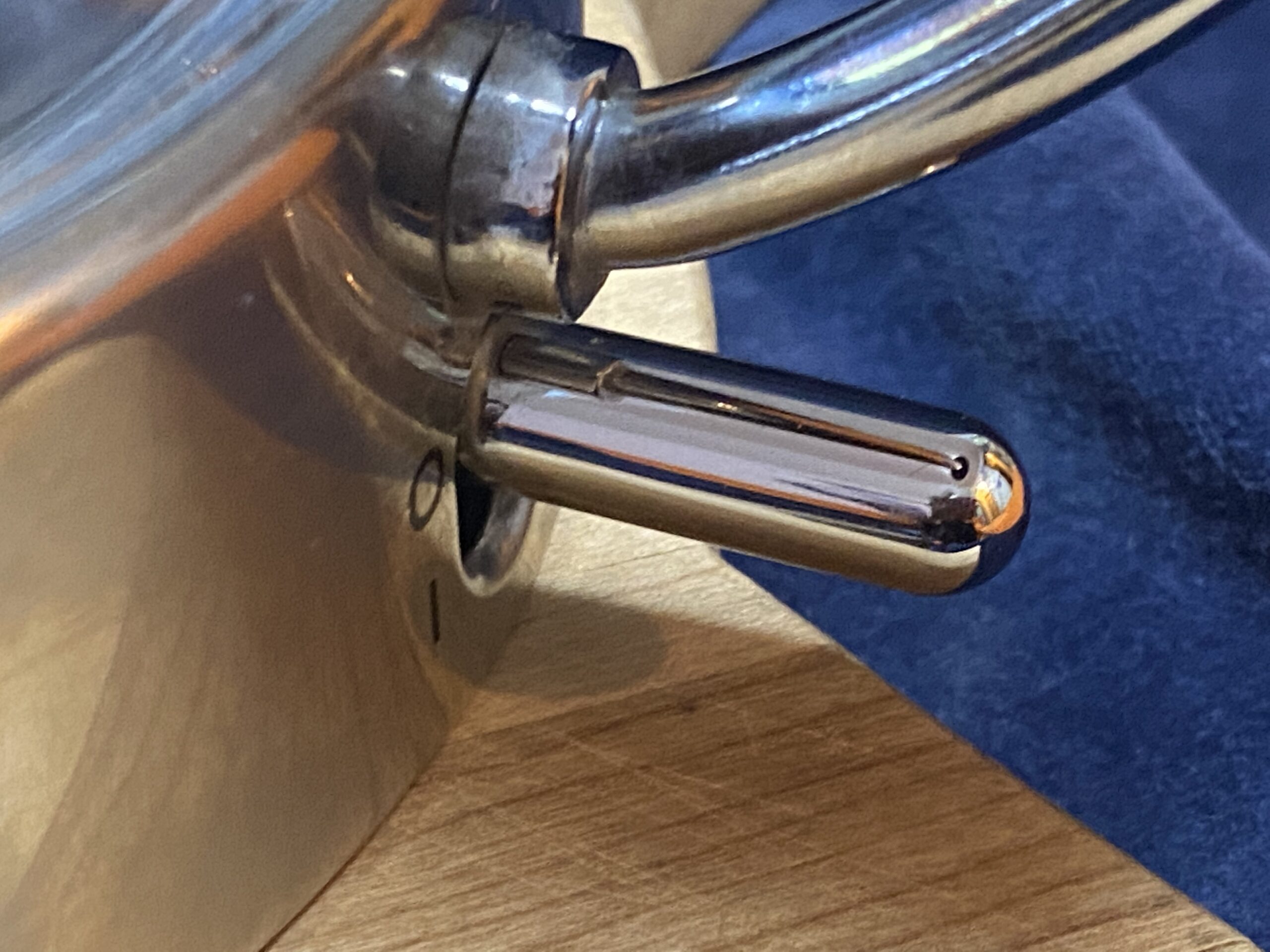
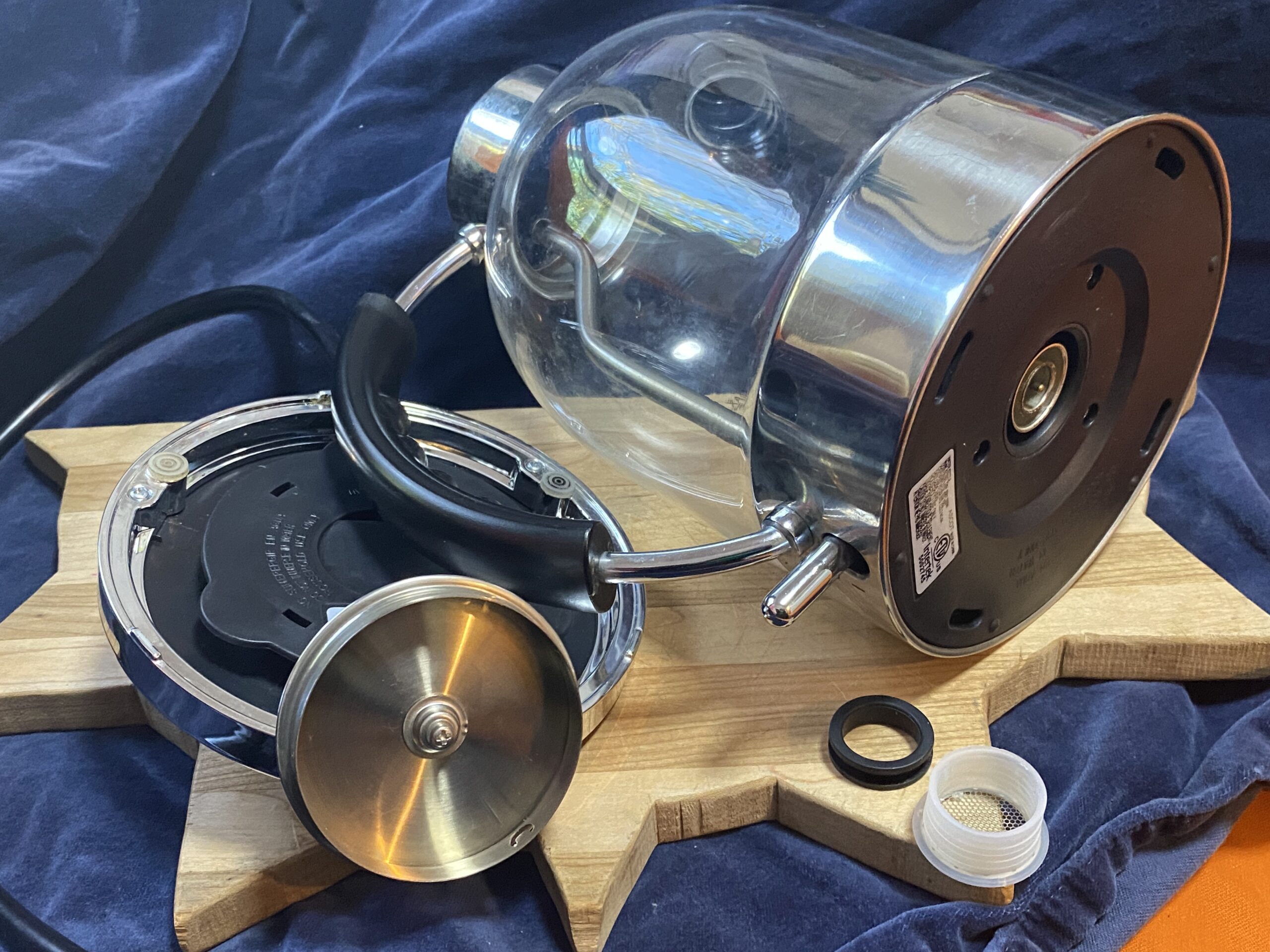
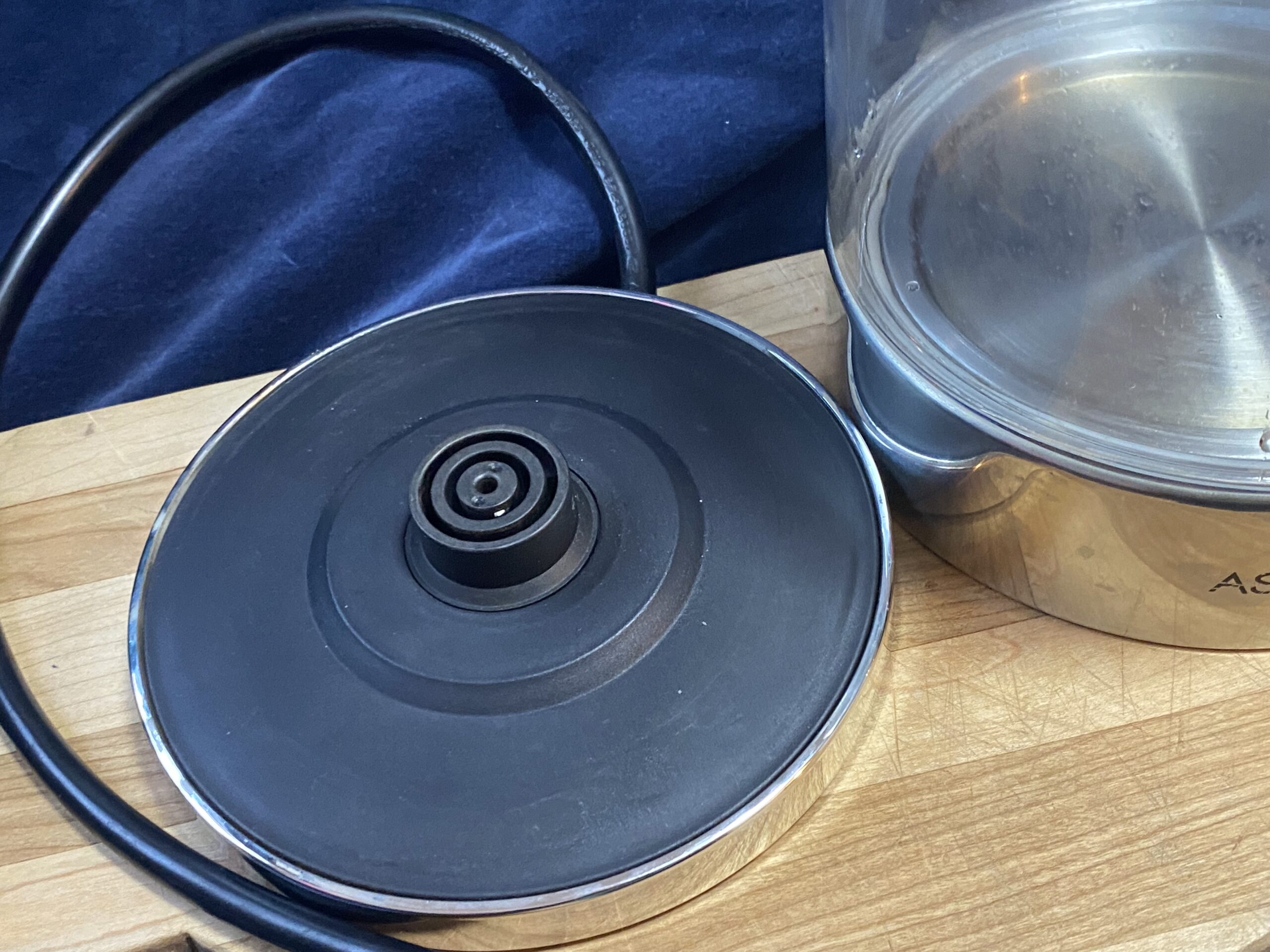
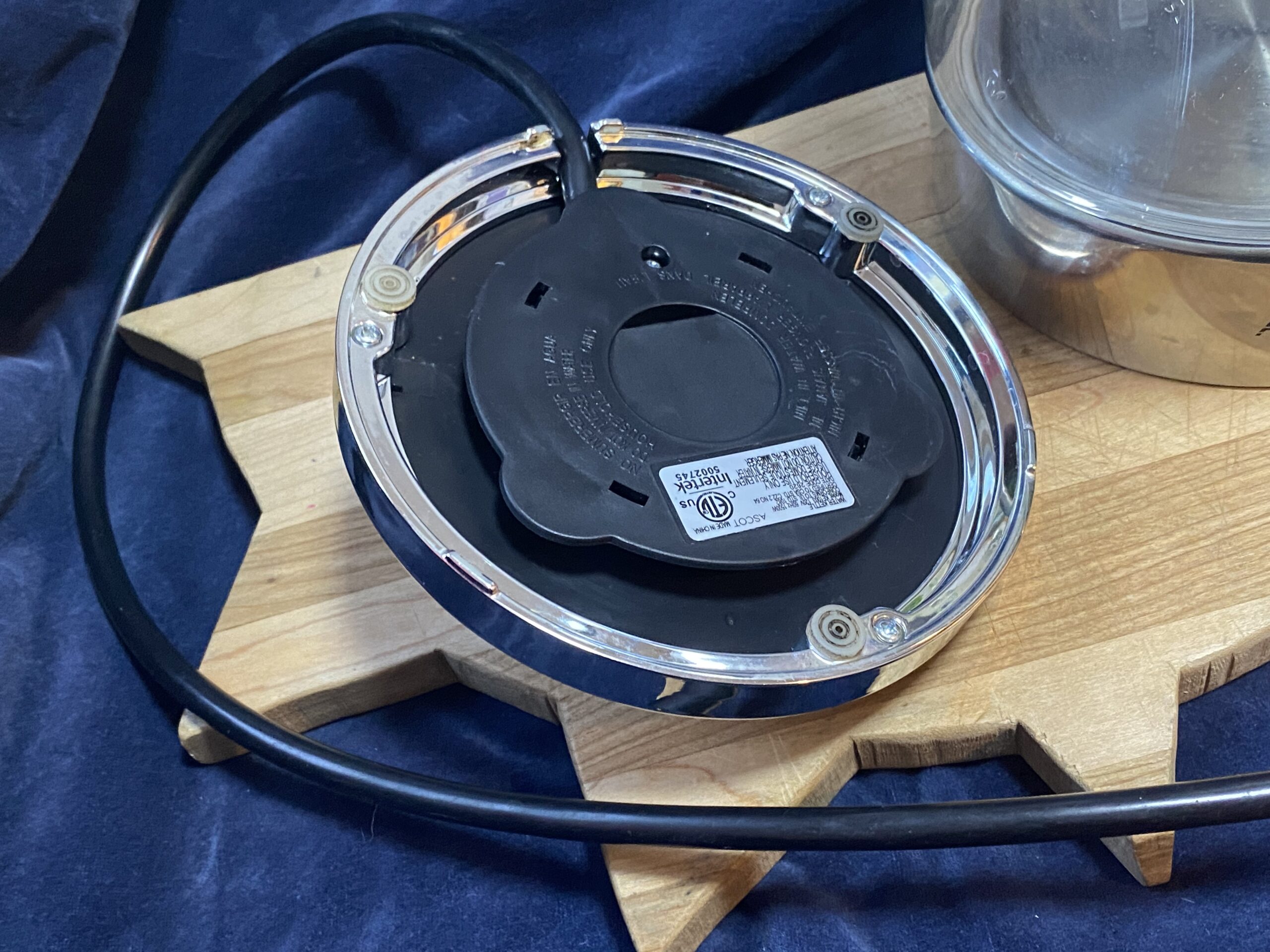
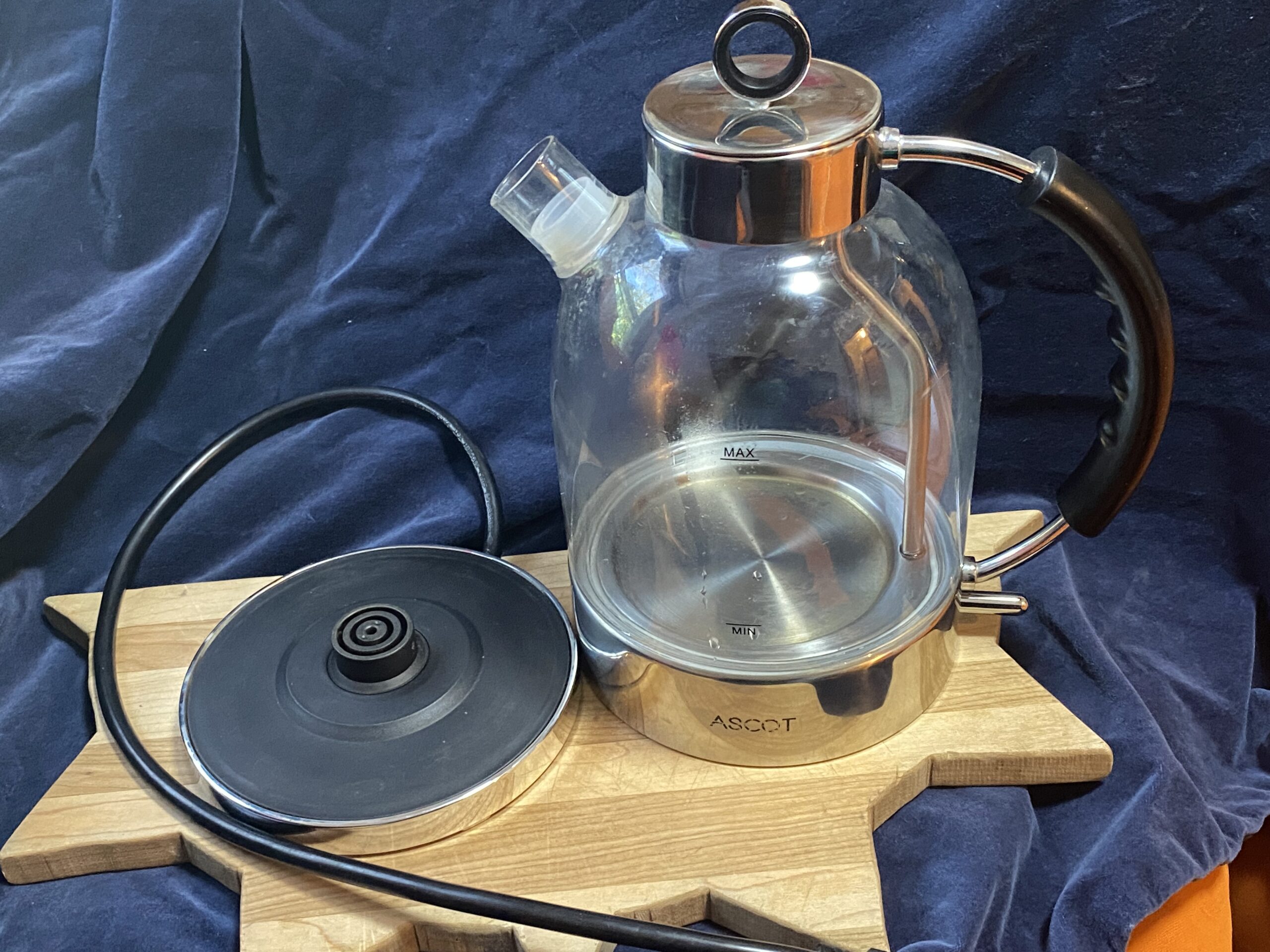
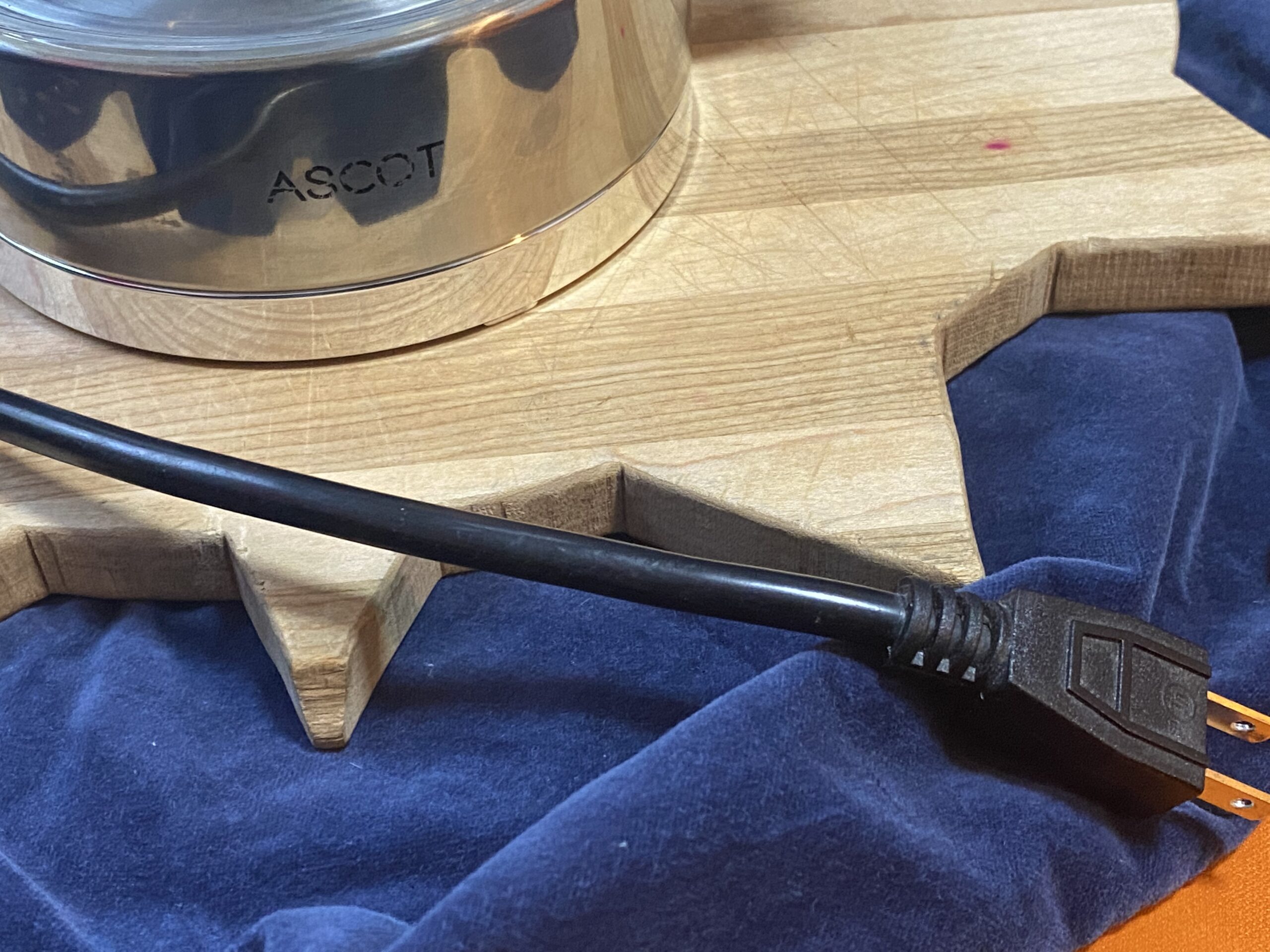
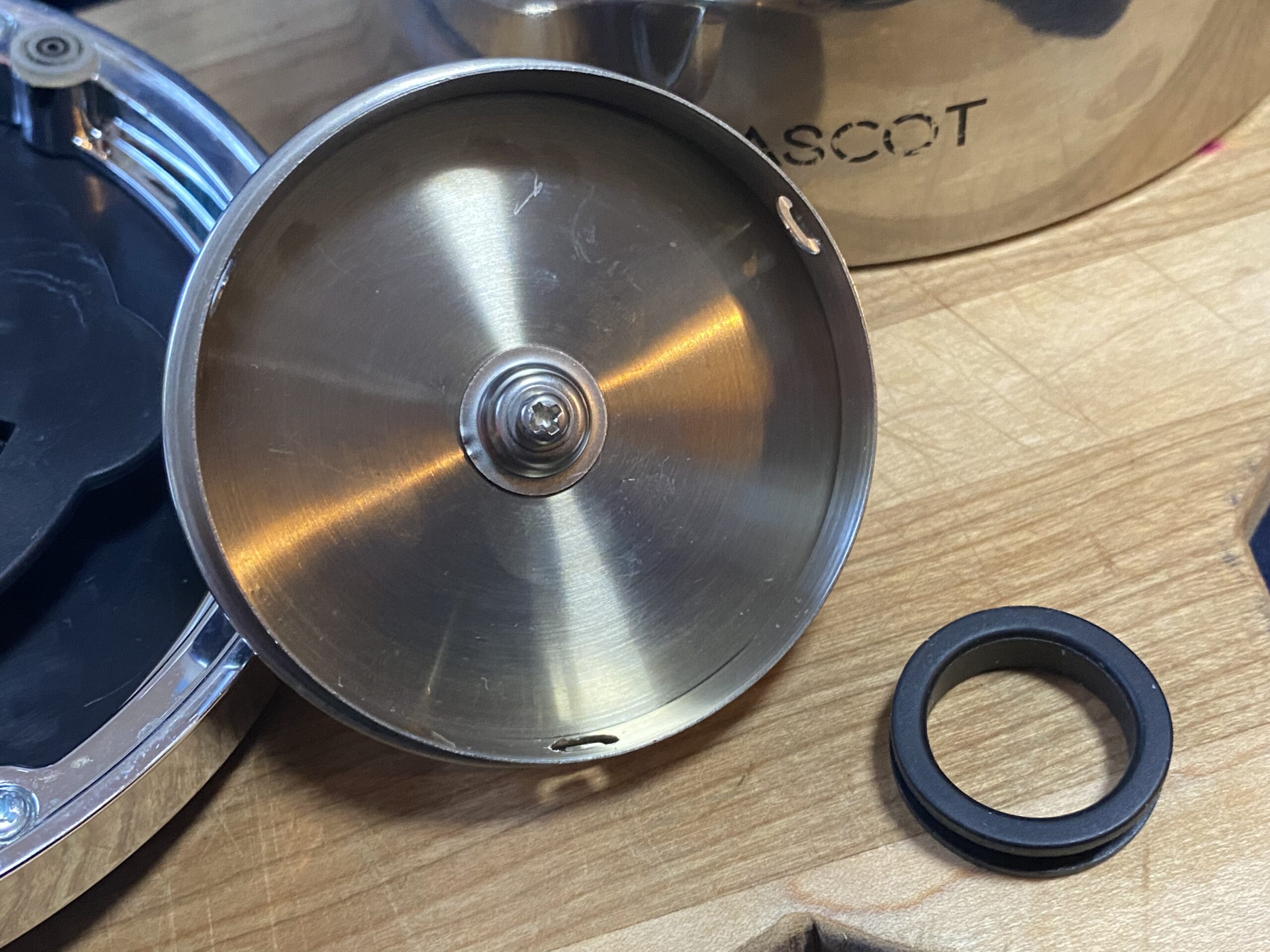
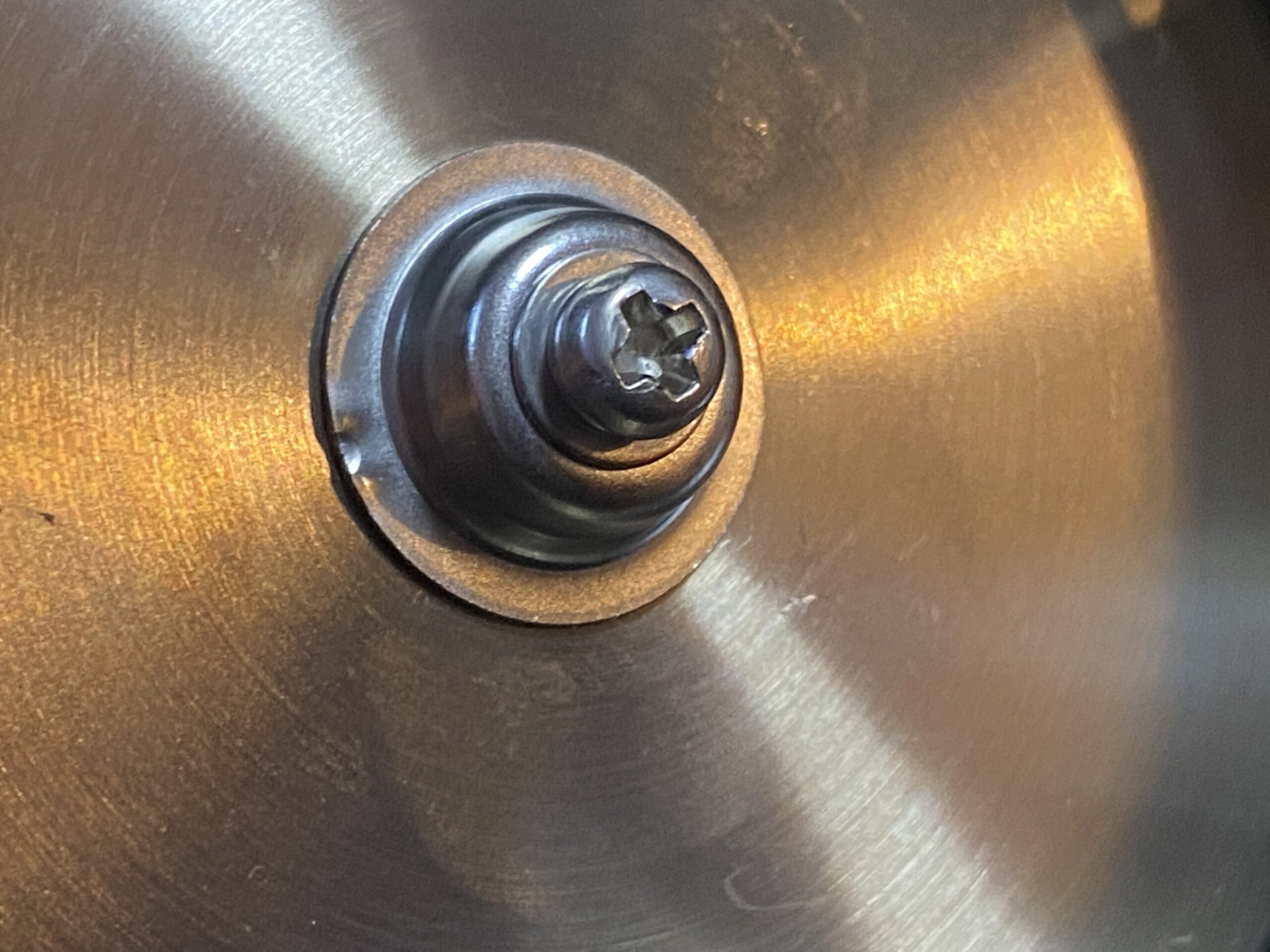
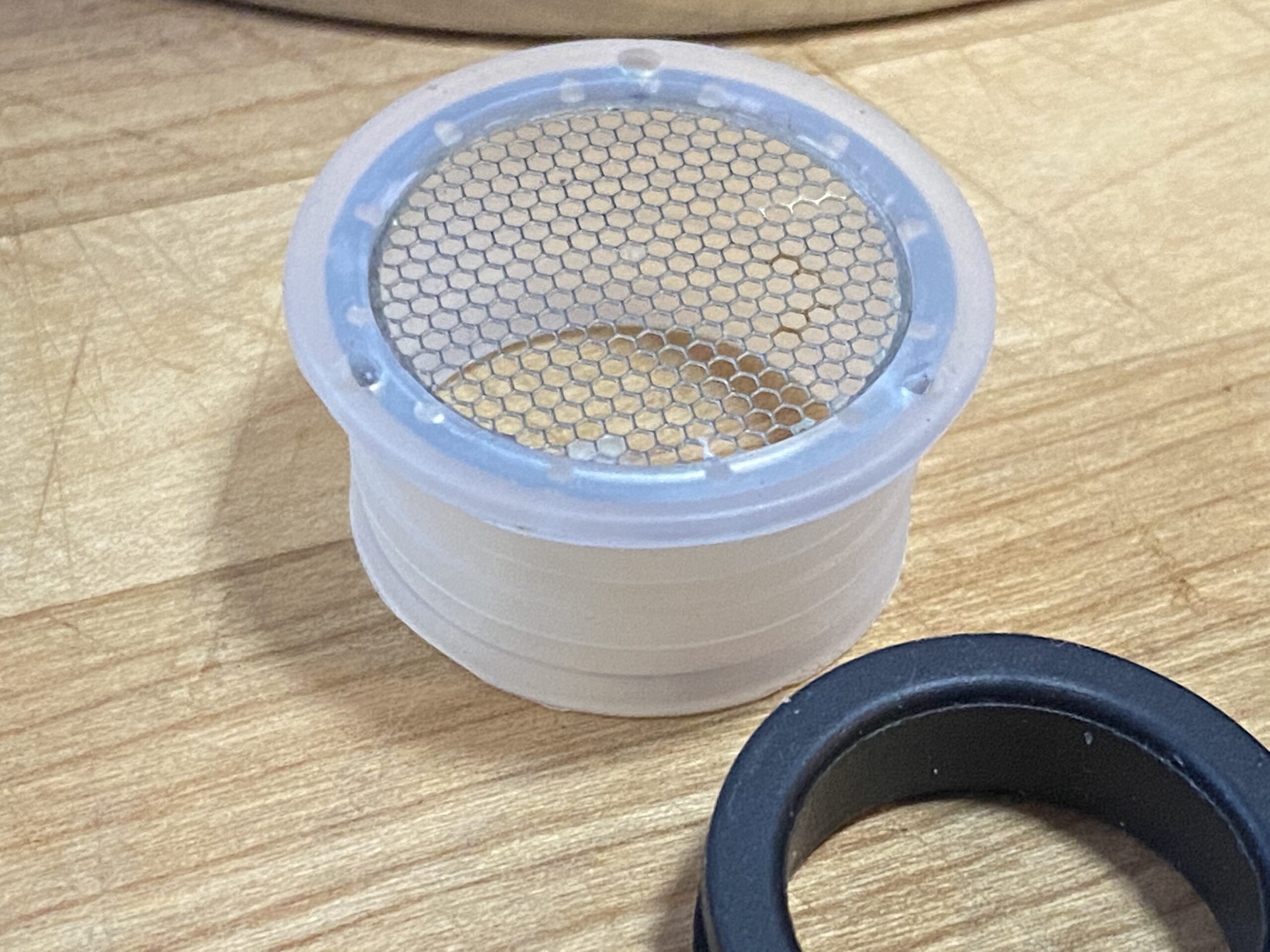
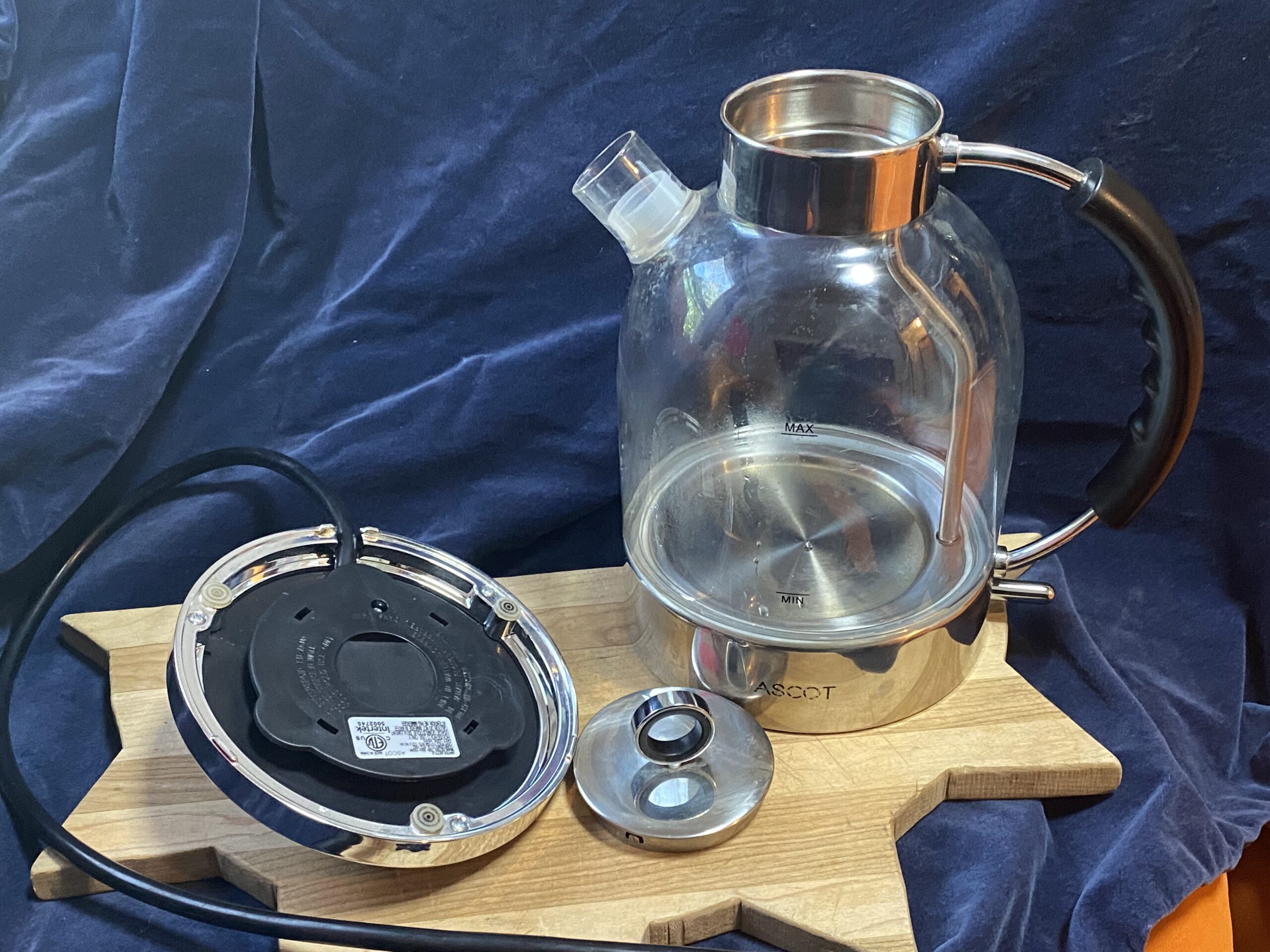

I’m always happy to read your testing results, but was a bit dismayed at the reviews of this kettle on Amazon! Do you think this is a manufacturing issue or people leaving the lid off during boiling, as one reviewer speculated ?
Oops, I didn’t specify the issue! People were complaining that the cord shorted out the electrical socket and the auto shut off failed to work.
Thanks you all you do! Very important information for our health.
what are the problems with the all stainless steel type?
I’m worried my lo will knock this glass kettle over.
Hi,
Were you able to test for nickel , which is often mixed into stainless steel appliances?
Thank you,
Elisa
My previous nickel question was for the Ascot glass tea kettle.
Thank you,
Elisa
The glass one is currently not available on Amazon.
Cosorti has an affordable glass kettle where plastic is not on the inside if you need ideas for glass kettles to test sometime in the future.
Thank you for this report and for making us aware !
I bought the recommended Ascot kettle for myself and my son. But we both returned them when my son noticed there is a plastic ring around the inside bottom that the boiling water is in constant contact with. It is not removable like the plastic spout filter. Also, the auto switch off did not work consistently. It only worked intermittently.
Hi Dianne,
Thanks for commenting. The “plastic” is silicone and the part in the spout is removable and doesn’t have to touch the water. But it is also negative for toxicants (per the test results shown in this article.) A main thing about my work is that if I don’t disassemble something for testing (destructive testing) I state that in the headline, as I did with this. With our kettle it does not appear that the silicone used to seat the glass touches the water. Since it has qualities similar to the silicone in the spout (yet is not accessible) I assume it likely has a similar toxicant profile (free of heavy metals.) I understand this may not be a good choice for everyone and in the end the focus of my work is testing consumer goods for metals using XRF technology – not evaluating functionality. I also often share what we use in our home because readers ask (but not because it is specifically a recommendation – I try to steer clear of overtly recommending products – with very few exceptions.) Feedback is always welcome of course – and I am sorry you have had a negative experience with this kettle. I encourage folks to write relevant reviews on Amazon too.
Tamara
Hi Tamara,
I went to order this off Amazon and it was sold out so I found the same one at Walmart & there is a “contains lead” warning on their website for this product! I’m a bit confused.
Meghan
That might be a CYA – “cover your ass” – from walmart – because they do not do the testing
I bought this kettle. Amazon had three options and I chose the one with a green handle. When it got here, the rim was also painted and the paint was already coming off on the rim. So I am returning it. Probably should have gotten the exact same version
This kettle comes in a white version with a stainless steel inside. Would you recommend that one too or should we avoid anything that is painted on the outside?
Just bought this one https://www.amazon.com/gp/product/B082XWLVSK/ref=ppx_od_dt_b_asin_title_s00?ie=UTF8&th=1 Nov, 2023
Plastic, silicone-free version, washed it, boiled twice with soda and vinegar and tested with lead sticks, it showed huge amount of lead in it. I am shocked. Not look non toxic at all.
Sounds like you used the garbage Chinese home test kits that don’t work (they show “positive” on things like plain white paper.)
Read this: https://tamararubin.com/2023/01/dont-panic-these-lead-test-kits-do-not-work-for-testing-consumer-goods-you-might-as-well-tear-up-your-money-and-throw-it-in-the-trash/
Hi Tamara
I so appreciate the info you’ve shared with everyone helping to keep us all safe !
I was wondering with this kettle you tested, is the total amount of Nickle on the high side or no?
I have no reference to know what would be considered a high level of nickle , but I need to becareful if items with high levels , thank you
Most stainless has about 80,000 ppm Nickel – and this is fairly standard for cookware. “Nickel-free” stainless often has about 2,500 ppm Nickel (!). Some stainless is truly Nickel free on the food surfaces but this is more rare (Ikea has some cookware that is truly Nickel free on the food surface). You can read more about that here:
https://tamararubin.com/2022/08/why-do-some-stainless-steel-cookware-items-have-a-prop-65-warning-isnt-stainless-steel-non-toxic/
T
Do have a general opinion of the safety for all borosilicate glass from China?
Hey Tamara! Have you had a chance to test/are you able to provide any reviews or recommendations on the purely Stainless Steel version ? https://ascot-home.com/products/ascot-electric-kettle-stainless-steel-tea-kettle-1-6lk1-silver
And if you were to recommend the safest stainless steel electric kettle available, which one would that be ? (accessible to Australia)
Thank you so much!